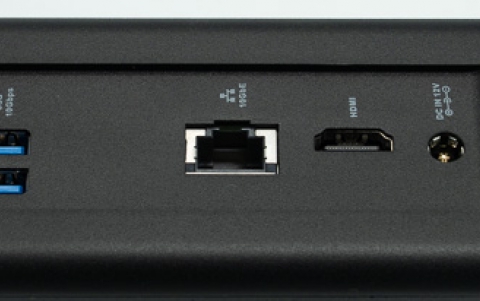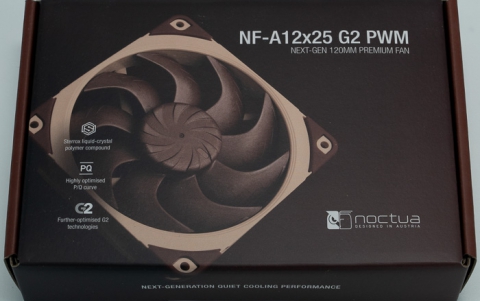
Researchers To Accelerate Burning Of Rewritable Optical Discs
Japanese researchers unveiled critical aspects of the crystallization mechanism of phase-change materials at the atomic level, paving the way for the development of higher speed DVD and BD rewritable optical discs.
Ge2Sb2Te5 (GST) has been widely applied in optical and electrical data storage for over three decades, as a rapid phase-change (PC) material. The phenomenology of phase-change optical recording is simple. An initially amorphous as-deposited GST layer is crystallized by
exposure to a laser beam of intensity sufficient to heat the material to a temperature slightly above the glass-transition temperature. A subsequent exposure to an intense and short laser pulse melts the GST that is then converted into the amorphous state on quenching. A recorded bit is an amorphized mark against the crystalline background. The reversibility of the crystallization?amorphization process allows fabrication of rewritable media.
The mechanism of nanosecond phase change in GST, which is vital for its application, has long been disputed: various, quite diverse scenarios have been proposed on the basis of various experimental and theoretical approaches. Nevertheless, one central question still remains unanswered: why is amorphous GST stable at room temperature for long time while it can rapidly transform to the crystalline phase at high temperature?
By modelling the amorphous structure based on synchrotron radiation anomalous X-ray scattering data, researchers from Panasonic Corp., Japan Synchrotron Research Institute (JASRI) and RIKEN research institute in Japan, in collaboration with the Hungarian Academy of Sciences, have found that that germanium and tellurium atoms form a "core" Ge-Te network with ring formation.
They also also suggested that the Ge-Te network can stabilize the amorphous phase at room temperature and can persist in the crystalline phase.
On the other hand, antimony does not contribute to ring formation but constitutes a "pseudo" network with tellurium, in which the characteristic Sb?Te distance is somewhat longer than the covalent Sb?Te bond distance. This suggests that the Sb-Te pseudo network may act as a precursor to forming critical nuclei during the crystallization process.
So what do all these mean? The Ge-Te core network is responsible for the outstanding stability and rapid phase change of the amorphous phase while the Sb-Te pseudo network is responsible for triggering critical nucleation.
Identifying the specific roles of each element woule lead to new development guidelines for rewritable optical media with increased performance by using new or cheaper alternative materials.
The mechanism of nanosecond phase change in GST, which is vital for its application, has long been disputed: various, quite diverse scenarios have been proposed on the basis of various experimental and theoretical approaches. Nevertheless, one central question still remains unanswered: why is amorphous GST stable at room temperature for long time while it can rapidly transform to the crystalline phase at high temperature?
By modelling the amorphous structure based on synchrotron radiation anomalous X-ray scattering data, researchers from Panasonic Corp., Japan Synchrotron Research Institute (JASRI) and RIKEN research institute in Japan, in collaboration with the Hungarian Academy of Sciences, have found that that germanium and tellurium atoms form a "core" Ge-Te network with ring formation.
They also also suggested that the Ge-Te network can stabilize the amorphous phase at room temperature and can persist in the crystalline phase.
On the other hand, antimony does not contribute to ring formation but constitutes a "pseudo" network with tellurium, in which the characteristic Sb?Te distance is somewhat longer than the covalent Sb?Te bond distance. This suggests that the Sb-Te pseudo network may act as a precursor to forming critical nuclei during the crystallization process.
So what do all these mean? The Ge-Te core network is responsible for the outstanding stability and rapid phase change of the amorphous phase while the Sb-Te pseudo network is responsible for triggering critical nucleation.
Identifying the specific roles of each element woule lead to new development guidelines for rewritable optical media with increased performance by using new or cheaper alternative materials.













